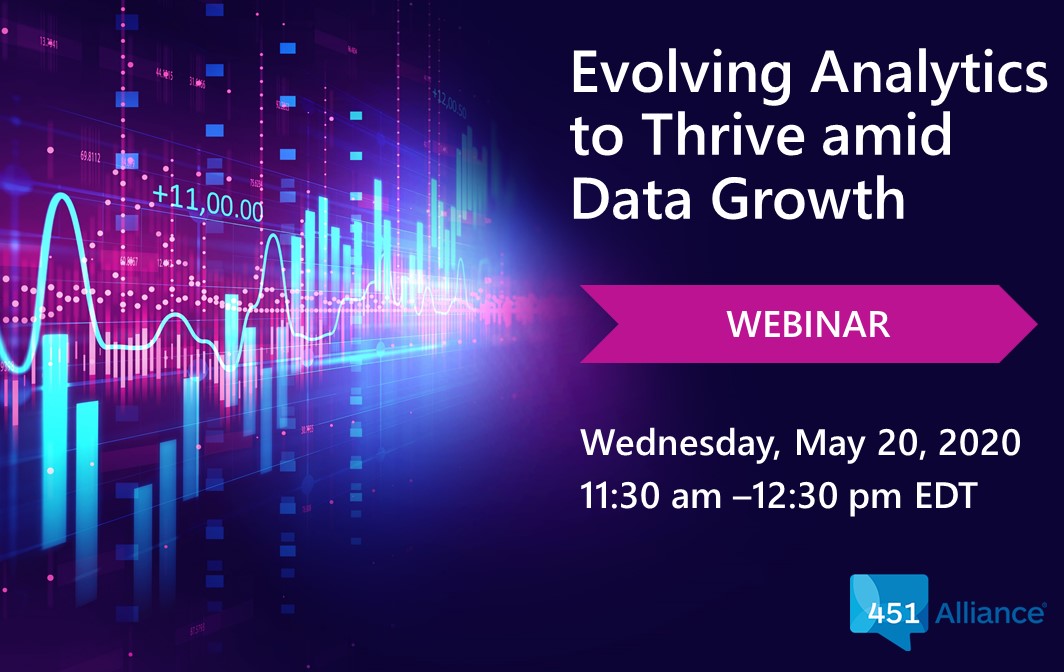Understanding the Data Landscape: An Overview of Data Analyst and Data Scientist Roles
In today’s digital age, organizations increasingly rely on data to drive decision-making processes. The roles of data analysts and data scientists have become essential in this data-driven landscape. Both positions require a strong foundation in data manipulation, analysis, and interpretation, but they differ in terms of responsibilities, skillsets, and the complexity of the tasks they perform. This article aims to shed light on the nuances of these roles and help you determine which path aligns better with your career goals and skillsets: that of a data analyst or a data scientist.
Data Analyst: A Detailed Look at the Role and Responsibilities
Data analysts play a crucial role in transforming raw data into actionable insights. They are responsible for collecting, cleaning, and interpreting data, as well as presenting their findings in a clear and understandable manner. This role is essential for organizations looking to make informed, data-driven decisions. Here are some primary responsibilities and commonly used tools for data analysts:
- Data cleaning: Ensuring data accuracy and consistency is a critical task for data analysts. This involves handling missing or inconsistent data, identifying outliers, and correcting errors to maintain data integrity.
- Data visualization: Presenting data in a visually appealing and easily digestible format is a key skill for data analysts. They often use tools like Tableau, PowerBI, or ggplot to create charts, graphs, and dashboards that effectively communicate trends, patterns, and insights.
- Reporting: Data analysts are responsible for creating reports that summarize their findings and provide recommendations based on the data. These reports can be used by various stakeholders, from executives to team members, to inform decision-making processes.
Data analysts typically work with structured data and rely on tools like SQL for data manipulation and Excel for data analysis. They may also use programming languages like R or Python for statistical analysis and predictive modeling. However, their primary focus remains on interpreting data and communicating insights, rather than developing complex machine learning models or managing big data systems.
Data Scientist: A Deep Dive into the Role and Responsibilities
Data scientists take on more advanced responsibilities compared to data analysts, focusing on predictive modeling, machine learning, and big data management. They often work with unstructured data and employ sophisticated techniques to extract valuable insights. Here are some key aspects of the data scientist role:
- Predictive modeling: Data scientists use statistical models and machine learning algorithms to predict future trends and behaviors based on historical data. They help organizations anticipate customer needs, optimize operations, and mitigate risks.
- Machine learning: Implementing machine learning models to automate data analysis and decision-making processes is a core responsibility of data scientists. They design, train, and validate models using tools like TensorFlow, scikit-learn, or Keras, enabling organizations to make more accurate predictions and informed decisions.
- Big data management: Data scientists are equipped to handle large and complex datasets, using tools like Hadoop, Spark, or Apache Flink to process, store, and analyze big data. They help organizations make sense of vast amounts of data and derive valuable insights that would otherwise be unattainable.
Data scientists typically have a strong background in programming, using languages like Python, R, or Julia for data manipulation, analysis, and modeling. They also have a solid foundation in statistics, mathematics, and machine learning, enabling them to design and implement advanced models and algorithms. While data visualization and reporting are still important, data scientists focus more on model interpretability and communicating complex insights to both technical and non-technical stakeholders.
How to Decide: Factors to Consider When Choosing Between Data Analyst and Data Scientist
Deciding between a career as a data analyst or a data scientist can be challenging, as both roles offer unique opportunities and challenges. To help you make an informed decision, consider the following factors:
- Educational background: Data scientists typically have a more advanced educational background, often holding a master’s or doctoral degree in a field like statistics, mathematics, or computer science. Data analysts, on the other hand, may have a bachelor’s degree in a related field or a combination of education and experience.
- Technical skills: Data scientists require a strong foundation in programming, machine learning, and statistical analysis, while data analysts focus more on data cleaning, visualization, and reporting. Assess your current skillset and identify areas for improvement to help determine which role is a better fit.
- Desired job responsibilities: Consider the type of work you find most appealing. Data scientists often work on more advanced projects, such as developing machine learning algorithms or predictive models, while data analysts focus on interpreting data and creating actionable insights. Think about which responsibilities align with your career goals and interests.
To better understand the differences between the two roles, consider the following job titles and descriptions:
- Data Analyst: A data analyst position may involve responsibilities like data cleaning, visualization, and reporting, using tools like SQL, Excel, and Tableau. They may work on projects related to customer segmentation, sales analysis, or performance measurement.
- Data Scientist: A data scientist position often includes advanced responsibilities like predictive modeling, machine learning, and big data management, using tools like Python, R, and TensorFlow. They may work on projects related to fraud detection, recommendation systems, or natural language processing.
Ultimately, the choice between a data analyst and data scientist role depends on your individual career goals, educational background, and technical skills. By carefully considering these factors, you can make an informed decision and pursue a fulfilling career in the data field.
Crossing Over: Opportunities for Data Analysts to Transition to Data Science
As a data analyst, you may find that your interests and skills evolve over time, leading you to consider a transition to a data science role. This transition is not only possible but also highly encouraged, given the ever-evolving nature of the data field. Here are some steps to help you grow into a data science role:
- Continuous learning: Staying up-to-date with industry trends and new technologies is crucial for data professionals. Invest time in learning advanced programming languages like Python or R, as well as machine learning algorithms and predictive modeling techniques. Online platforms like Coursera, edX, and DataCamp offer courses tailored to data analysts looking to expand their skillsets.
- Networking: Building relationships with other data professionals can open doors to new opportunities. Attend industry conferences, join local data meetups, and engage in online forums to connect with data scientists and learn from their experiences. Networking can also help you stay informed about job openings and emerging trends in the field.
- Gaining experience: Look for opportunities to apply your new skills in real-world scenarios. Participate in Kaggle competitions, contribute to open-source projects, or volunteer your data analysis skills to a local non-profit organization. These experiences can help you build a strong portfolio and demonstrate your readiness for a data science role.
By taking these steps, data analysts can successfully transition to data science roles and expand their career opportunities. Remember that the data field is constantly evolving, and there is always room for growth and development, regardless of your current role or skillset.
Navigating the Job Market: Finding the Right Data Analyst or Data Scientist Position
Once you’ve determined which role—data analyst or data scientist—is the best fit for your career goals and skillsets, it’s time to navigate the job market and find the perfect position. Here are some tips to help you along the way:
- Crafting a compelling resume: Tailor your resume to the role you’re applying for, highlighting relevant skills, tools, and experiences. Use action verbs and quantifiable achievements to demonstrate your impact. For data analysts, emphasize your data cleaning, visualization, and reporting abilities. For data scientists, showcase your programming languages, machine learning algorithms, and predictive modeling skills.
- Preparing for interviews: Familiarize yourself with common interview questions and practice your responses. For data analyst positions, be prepared to discuss your experience with SQL, Excel, and Tableau, as well as your approach to data cleaning and visualization. For data scientist roles, expect questions about your programming languages, machine learning techniques, and experience with big data management tools.
- Networking within the industry: Building relationships with other data professionals can lead to job opportunities and valuable insights. Attend industry conferences, join local data meetups, and engage in online forums to connect with others in the field. Leverage these connections to learn about job openings and gain insights into the hiring process.
Remember, when searching for a data analyst or data scientist position, it’s essential to showcase your relevant experience and achievements. Highlighting your skills, tools, and accomplishments will help you stand out in a competitive job market and increase your chances of finding the perfect role.
Continuous Learning: Staying Ahead in the Ever-Evolving Data Field
Regardless of whether you choose a data analyst or data scientist path, continuous learning and professional development are essential in the ever-evolving data field. New tools, techniques, and best practices emerge regularly, making it crucial for data professionals to stay up-to-date and adaptable. Here are some resources to help you stay current:
- Online courses: Platforms like Coursera, edX, and DataCamp offer a wide range of courses on data analysis, data science, machine learning, and big data management. Enroll in courses that align with your career goals and interests to expand your skillset and stay current with industry trends.
- Industry conferences: Attending conferences is an excellent way to learn about the latest trends, technologies, and best practices in the data field. Conferences like Strata Data & AI, Open Data Science Conference (ODSC), and PyData provide opportunities to network with other data professionals, attend workshops, and learn from industry experts.
- Networking events: Local data meetups and networking events offer opportunities to connect with other data professionals, learn from their experiences, and gain insights into the industry. Participating in these events can help you stay informed about job openings, emerging trends, and new technologies.
By investing time in continuous learning and professional development, data analysts and data scientists can stay ahead in the ever-evolving data field and remain competitive in the job market. Embrace change, adapt to new trends, and never stop learning to thrive in this exciting and rapidly evolving field.
The Future of Data: Predictions and Trends to Watch
As data-driven decision making becomes increasingly important in today’s digital world, the roles of data analysts and data scientists will continue to evolve. Here are some predictions and trends to watch in the future of data:
- Automation and AI: The rise of automation and artificial intelligence will likely change the data landscape, with more tasks being automated and machines taking on a larger role in data analysis. Data professionals will need to adapt and learn how to work alongside these technologies to remain relevant in the field.
- Real-time data analysis: The demand for real-time data analysis and decision making will grow, requiring data professionals to become more agile and responsive. This trend will put a premium on tools and techniques that enable real-time data processing and visualization.
- Privacy and ethics: With growing concerns over data privacy and ethics, data professionals will need to be increasingly mindful of how they handle and use data. This may lead to new regulations and best practices that prioritize data protection and responsible data usage.
- Cross-functional collaboration: As data becomes more integral to organizational success, data professionals will need to collaborate more closely with other departments, such as marketing, sales, and product development. This trend will require data professionals to develop strong communication and collaboration skills, in addition to their technical expertise.
To thrive in the future of data, data analysts and data scientists must embrace change, stay adaptable, and continue to learn and grow. By staying up-to-date with emerging trends and technologies, data professionals can remain competitive and contribute to the success of their organizations in an ever-evolving data landscape.






